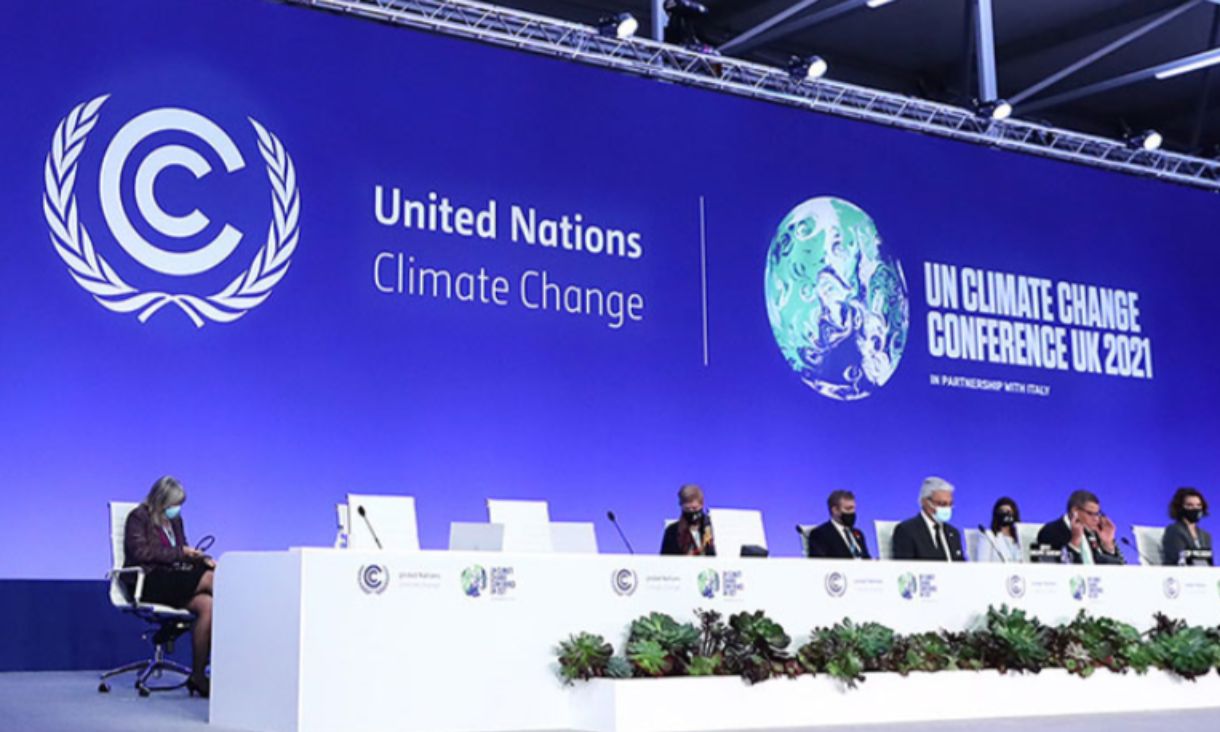To respond well to global pandemic disease incidences, attention to timeliness, mutual respect for areas of health responsibility, proactive cooperation and clear lines of communication is imperative in systems of multi-level governance.
While there are still many unknowns about COVID-19, one thing is abundantly clear: in the world of the novel coronavirus, a week is a very long time. It can be the difference between exponentially rising death rates and totally overwhelmed health systems (Italy, New York), or slower rates of infection and significantly lower fatality rates (Germany, New Zealand).
COVID-19 was first identified in China in late 2019. By the second week of March, WHO (the World Health Organization) declared that the epicentre of the global pandemic had shifted from China to Europe, with Europe having “more reported cases and deaths than the rest of the world combined, apart from China”. While the EU appears to have now galvanised into action, in early April it was being strongly criticised for moving too slowly, with headlines such as “How Europe failed the coronavirus test”. Italy, the first European country to be overwhelmed by COVID-19, took the EU to task for being “slow to help”. The Centre for European reform stated that “national governments have taken centre stage during the crisis, while the EU’s initial reaction was slow and rather haphazard”.
While some of these criticisms, especially around the flow of goods (such as masks and ventilators) were valid, some of the criticisms involve areas that lie outside the mandate of the EU. Similar to Federal-State government tensions in the USA and Australia, multi-level governance structures that exist between the EU and its member states make responses to infectious diseases complex.
Under Article 152 of the EC Treaty, member states are fully and solely “responsible for the organisation of health services and medical care”. While the EU can hinder or facilitate flows of goods and services through member states, it has a very limited health mandate, and does not have the authority to enforce most of the COVID-19 responses recommended by WHO. Those responsibilities lie clearly at member state level.
Examining the relationships between state and federal governments in the USA and Australia highlights some of the tensions in multilevel governance as it applies to public health emergencies and the delivery of health services. In the USA and Australia, health service delivery is a state responsibility. In Australia, education departments and police services are also the remit of the states, meaning there was alignment between the three main response areas for COVID-19. On the advice of the Commonwealth medical office, the Australian Prime Minister declared the coronavirus a pandemic on 27 February, earlier than the WHO, CDC (US Centre for Diseases Prevention and Control), the EU or any of its member states. The pandemic declaration allowed the federal government to release emergency funds for social support packages. Coordination at a federal level freed up private hospital beds to take pressure off state public hospital systems. Testing capabilities, a crucial tool in tackling the pandemic, were initially uneven across states, although they have now been ramped up significantly.
This does not mean that there has been full agreement between states as to which public health measures should be enforced. For example, contrary to federal government advice that schools should remain open, Victoria has been strict in closing down schools, whereas NSW has not.
In the midst of a confused and contradictory Federal response in the USA, some states, such as California, went into shelter-in-place early, and appear to have avoided the debilitating initial impact that hit New York. Many areas of the country are experiencing non-cooperation from certain population sectors in terms of social distancing. Supplies of crucial equipment which could have been facilitated at key points has been noticeably lacking, and testing capabilities have been slow to ramp up.
Coordination between public health authorities and government has also proved important in helping, or hindering, responses to Covid-19. In Europe, the dominance of the EU as an economic union was perhaps the reason that less attention was initially paid to the recommendations of its own health bodies, including the ECDC (European Centre for Disease Control). This resulted in slower responses in the areas it did have a mandate for. The ECDC was responsive in compiling data and in increasing testing capability, both of which began in late January. But flow of equipment and sharing of resources, which could have been facilitated centrally, was notably missing in the initial weeks of the pandemic. The Australian response has been characterised by strong lines of communication between the Commonwealth medical office and the Prime Minister. In the USA, we have seen antagonism from the President towards his medical advisory bodies.
The “shapes of the curves” reflect these differences: Australia has so far managed to “flatten the curve” across all federal jurisdictions, whereas, like the US states, European member states are having vastly different experiences in their efforts to manage the COVID-19 pandemic.







